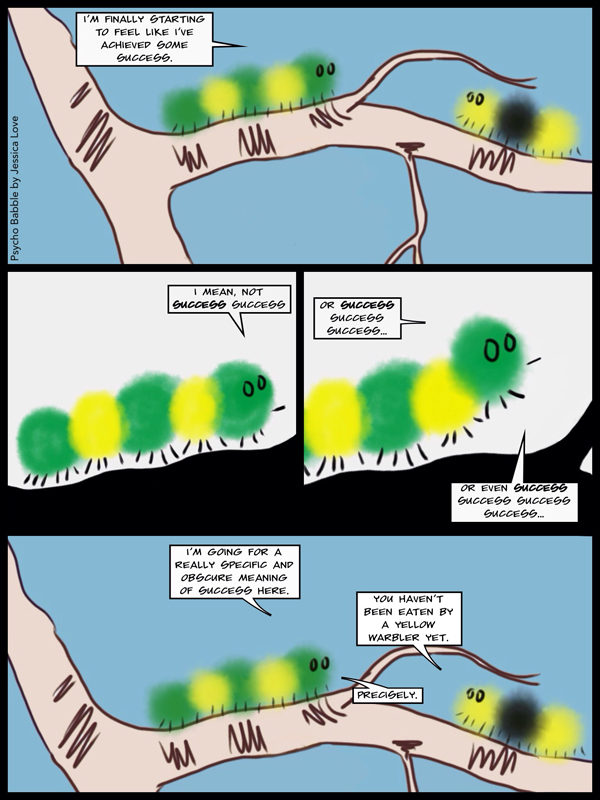
Few words are truly unambiguous. Words label categories of objects and ideas, and some category members will always be a better fit for what we’re trying to say than others. Usually we don’t acknowledge this ambiguity. We say we’re headed “home” and leave it to our listeners to determine whether we’re going back to the house we rent, visiting our parents for the holidays, or retreating to the campsite we’ve been living out of all weekend. But sometimes we do acknowledge the different shades of meaning: we’re headed HOME-home.
Linguists refer to the construction as “contrastive reduplication.” Interestingly, by itself, contrastive reduplication isn’t sufficient to clarify which meaning we’re going for. It’s usually used to specify the most prototypical category member (“Give me a COOKIE-cookie, not one of those brownie things!”). But it can also be used as an intensifier (“This coffee is hot, but not HOT-hot”), or to signify innuendo (“Do you LIKE-like him?). It can even be used to eliminate the hot-and-heavy reading (“Do you LIKE-like him, or ‘want-to-sleep-with-him’-like him?”). The use of contrastive reduplication, then, may alert our listeners to the presence of ambiguity, rather than steering them to the correct interpretation. Steering is what context is for. (For more examples of contrastive reduplication in the wild, see Stan Carey’s post here.)

